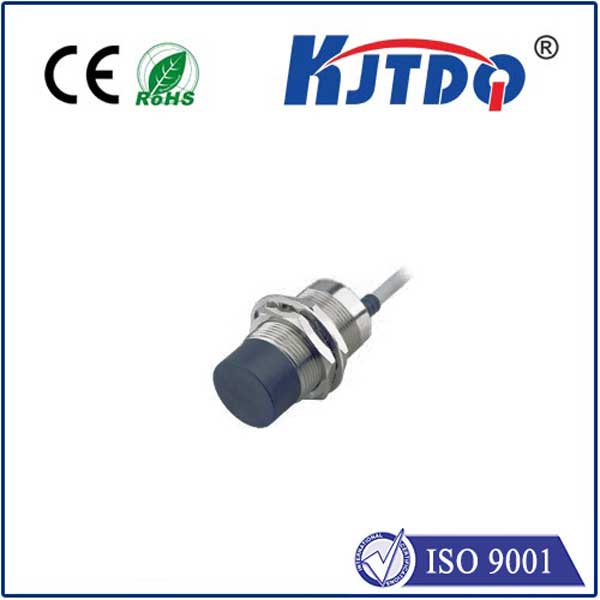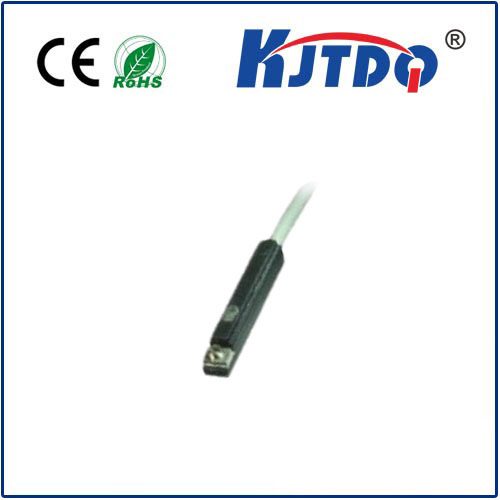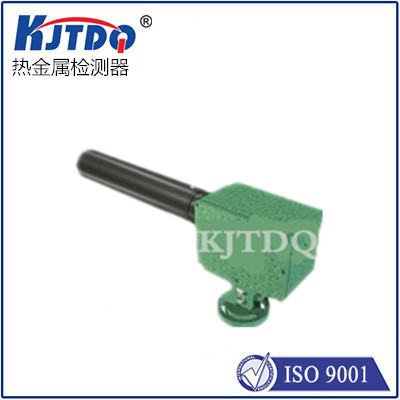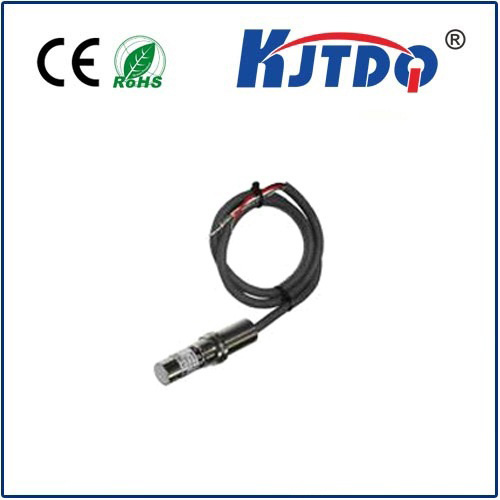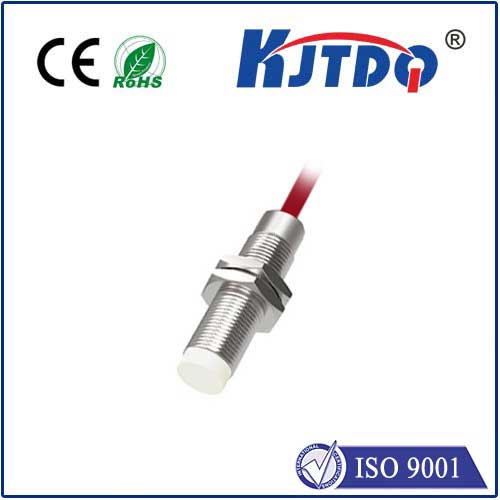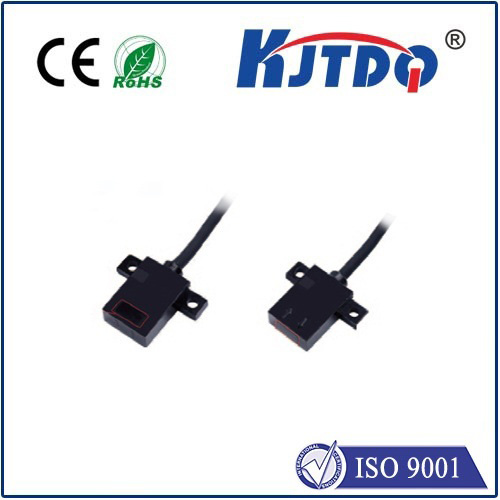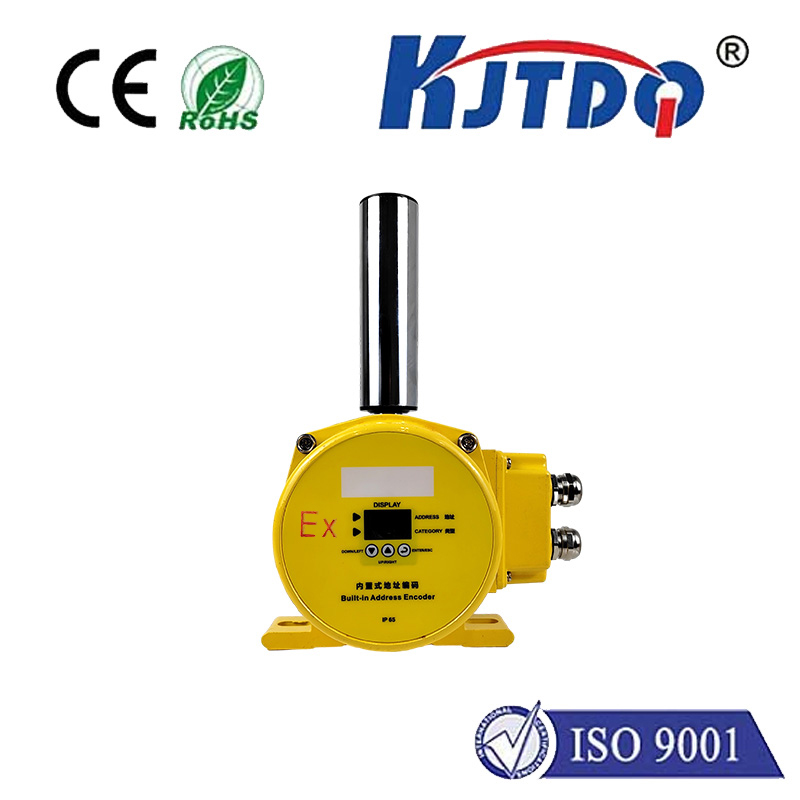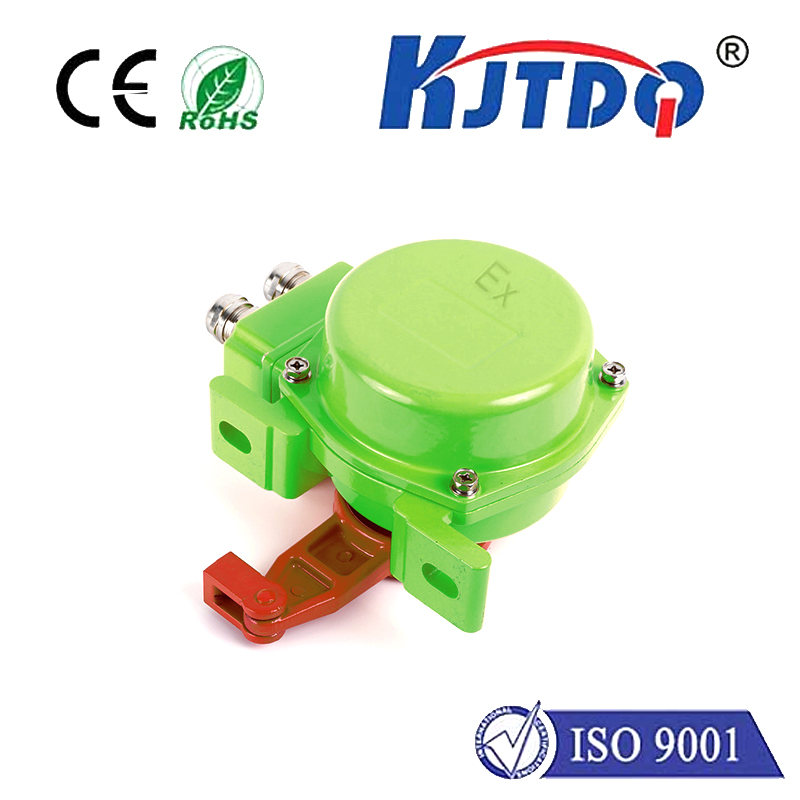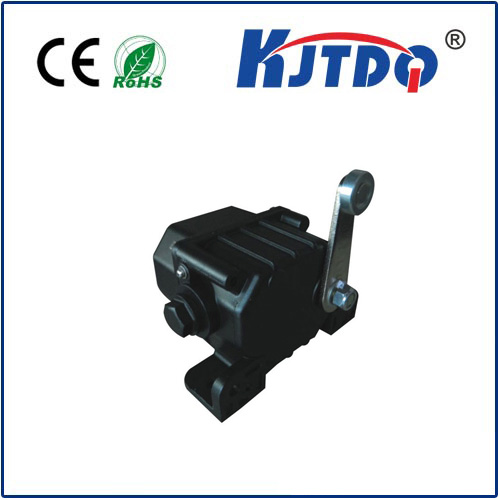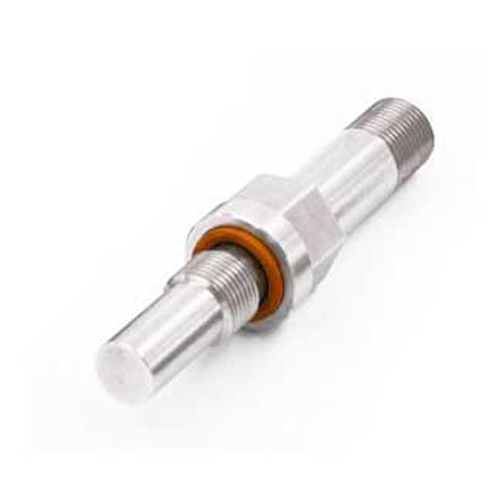

check

check

check

check

check

check

check

check

check

check
Introduction:
The advent of robotics has brought about a paradigm shift in our society. Robots have now become an integral part of our daily lives, be it in healthcare, manufacturing, or even space exploration. One technology that has been instrumental in this transformation is the proximity sensor. ProxSense, developed by Particle Design, is at the forefront of this revolution, offering unparalleled sensing capabilities. In this article, we delve into the workings of ProxSense and explore how it is transforming the field of robotics.
Section 1: The basics of ProxSense
ProxSense, also known as the Particle Sense, is a line-of-sight range sensor that can detect the presence of nearby objects. It is based on the concept of electromagnetic induction, where a changing magnetic field creates an electrical current. When a solid object approaches the sensor, it disrupts the magnetic field, causing a change in the electrical current. This information is then processed by the microcontroller and used to make decisions.
Section 2: The applications of ProxSense
ProxSense has a wide range of applications in robotics. For instance, it can be used to detect obstacles, measure distance, and even control motors. In autonomous robots, ProxSense is used to navigate through unknown environments, avoiding collisions with other objects. In industrial settings, it is used to monitor the movement of heavy machinery and prevent accidents. In healthcare, it is used for tasks such as delivering medicine to patients.
Section 3: The future of ProxSense
The potential applications of ProxSense are virtually limitless. As robots become increasingly integrated into our lives, the need for accurate perception and navigation will only grow. ProxSense's ability to detect proximity, measure distance, and navigate through complex environments makes it a critical component for the development of next-generation robots. With advancements in technology, we can expect to see even more sophisticated versions of ProxSense in the future.
Conclusion:
ProxSense from Particle Design is at the forefront of a technological revolution. Its ability to sense proximity, measure distance, and navigate through complex environments makes it an indispensable tool for the development of autonomous robots. As robotics continues to evolve, we can expect to see even more innovative solutions like ProxSense that will shape our world in ways we cannot yet imagine.
